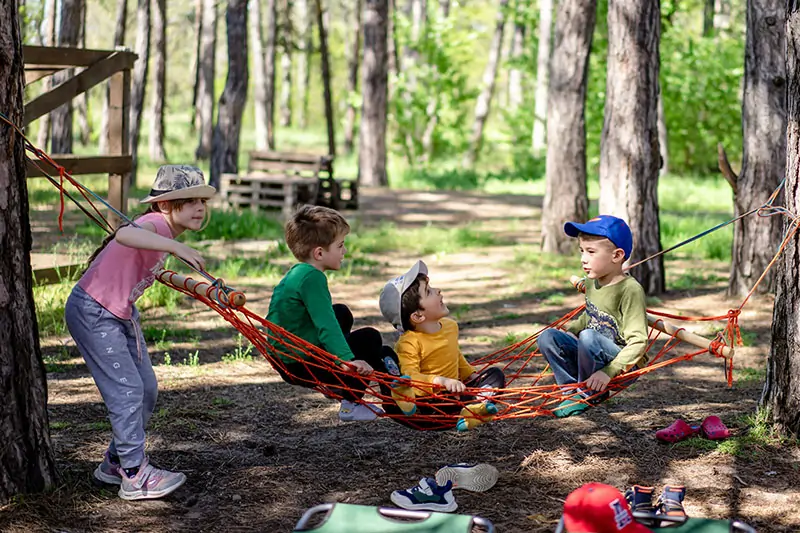Brain Games for Preschoolers

A child’s first school is the home. Apart from providing a loving and nurturing environment, there is plenty that parents can do to ensure that their children are ready to take on the 21st century world. Read on to see what brain games parents can play with their preschoolers so that they will be ready to take on advanced challenges in school. These games can be played with children as young as 2 years old.
1. Complete the song
- Choose a nursery rhyme your child likes.
- Start reciting it but pause at the end of the line to allow her to finish it.
For example, you could start ‘Twinkle twinkle ….’ Your toddler should complete ‘…little star’
- Give her a hug as a reward.
2. Find a rhyming word
- Say a word, for example, ‘bat’.
- Ask your child to say a word that rhymes with it.
- If she finds it difficult, give clues. For example, “It is an animal. It likes to eat fish.”
- When she has found a rhyming word, let her think of a new word for you.
- Remember to celebrate each achievement with a kiss or a hug
3. Colour search
- Show your child an example of a colour. (Or, if she knows the colour names, let her choose one for herself.)
- Go on a colour search around the house together to find as many items of that colour as you can. For ‘yellow’, you might find a yellow crayon, a yellow mango, a yellow toy car, a yellow shirt, a yellow dress etc.
- Make a display of all your objects and talk about how some are toys, some are clothes and so on.
4. Routines
- Play putting teddy bear to bed, following the same routine as you use to put your child to bed.
- Ask your child what she needs to do first. ‘Oh yes, give teddy a bath’.
- Help her pretend to give teddy a bath and then to clean his teeth.
- When teddy is ready for bed, let your child ‘read’ him a story, give him a cuddle and tuck him in.
- Rehearse other regular routines, such as getting up in the morning, having a meal or putting toys back after play.
5. Clothes muddle
- Lay out your child’s clothes, but leave out one key item, such as her T-shirt or one sock.
- Tell her it is time to get dressed, but that she has to guess which item you have forgotten to lay out.
- As she puts on each item, encourage her to say its name, for example, ‘that is right, first your vest, now your pants, and shorts, then your…oh have your guessed what is missing yet?’
- When she has guessed, she could fetch the item from the drawer or cupboard herself.
6. Unfinished pictures
- Draw a picture of a familiar object, such as a bicycle, a house or a cat, but leave out an important detail. For example, a cat without a tail.
- Ask your child to look at the picture and tell you what is missing.
- As she improves at this game, make the missing items less obvious. For example, a teapot without a lid or a door without a handle.
- Older children can draw some pictures for you to guess what is missing.
7. Where is the missing toy?
- Hide one of the toys belonging to your toddler in a place easy to look in.
- Open the toy box and take out each toy. Ask which toy is missing.
- If he cannot remember, give a clue, such as ‘it has a long tail’ or ‘it is red and white’
- Once the child remembers the missing toy, look for it together.
- Make it a learning game, by saying together words such as ‘Now let us look under the bed’ or ‘Now let us look behind the photo’ etc.
- Celebrate the finding of the toy together by shouting ‘hurray’ and hugging each other.
8. Who am I thinking of?
- Tell your child that you want her to guess who you’re thinking of. And that you are going to give her a clue.
- Choose a nursery rhyme that your child knows well, such as Jack and Jill, and select part of it as your clue, for example, ‘the people I am thinking of went up a hill to ‘fetch a pail of water’.
- You could play this game with other rhymes too such as “Old McDonald had a farm”, asking ‘Who had a farm?’ for example.


